
Type
Publisher
Standards Australia/Standards New Zealand
Publisher
Standards Australia/Standards New Zealand
Version:
First Edition 2017.
(Pending Revision)
Short Description
Sets out minimum requirements for the design, detailing and construction of simply supported composite beams composed of a steel beam interconnected to a concrete slab by shear connectors, including applications in which the slab incorporates profiled steel sheeting.
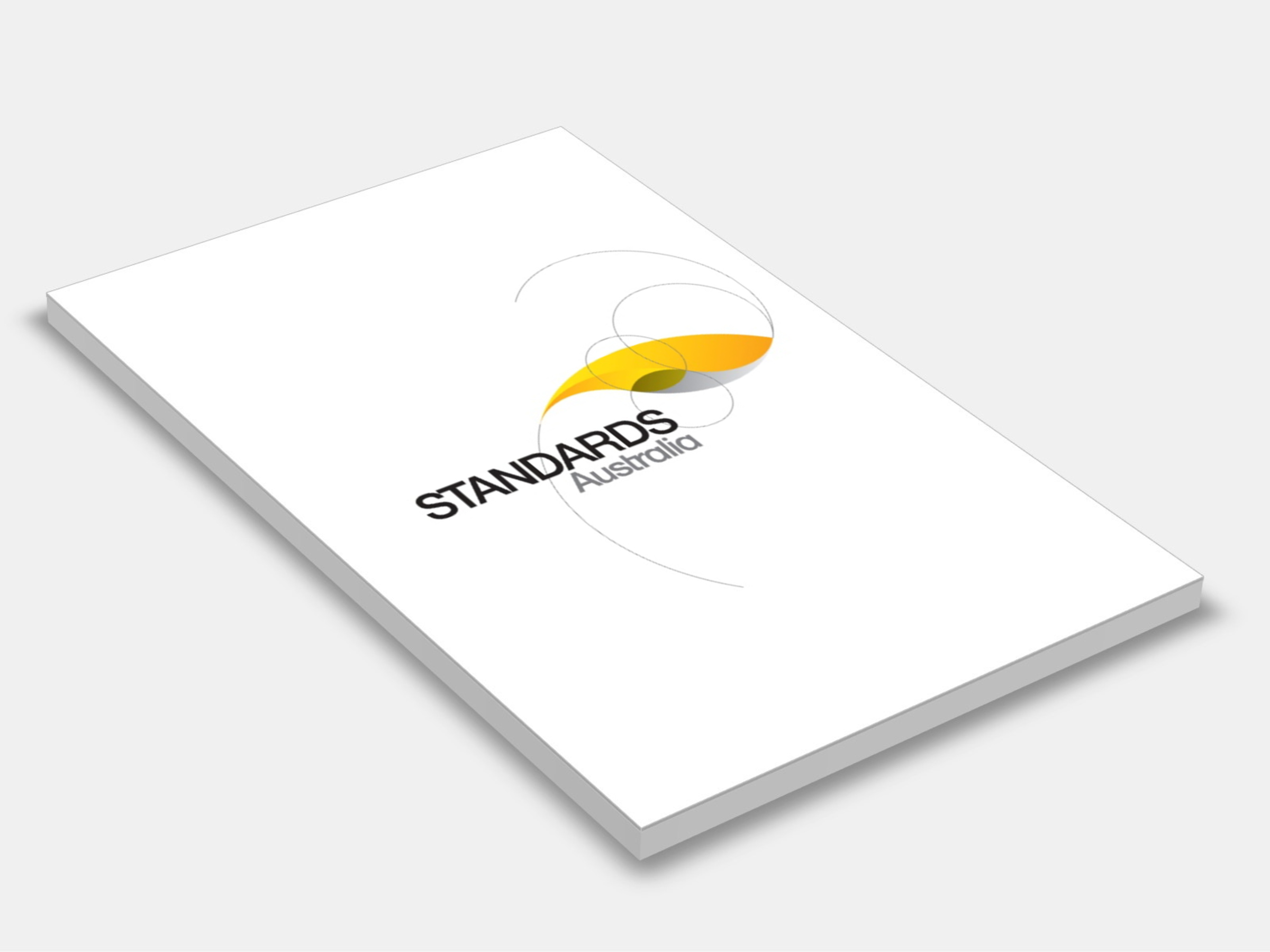
Type
Publisher
Standards Australia/Standards New Zealand
Publisher
Standards Australia/Standards New Zealand
Version:
Second Edition 2014.
(Pending Revision)
Short Description
Specifies requirements for the design, construction and installation of electrical systems in boats that have a length of up to 50 m, and are designed for use on inland waters or at sea.
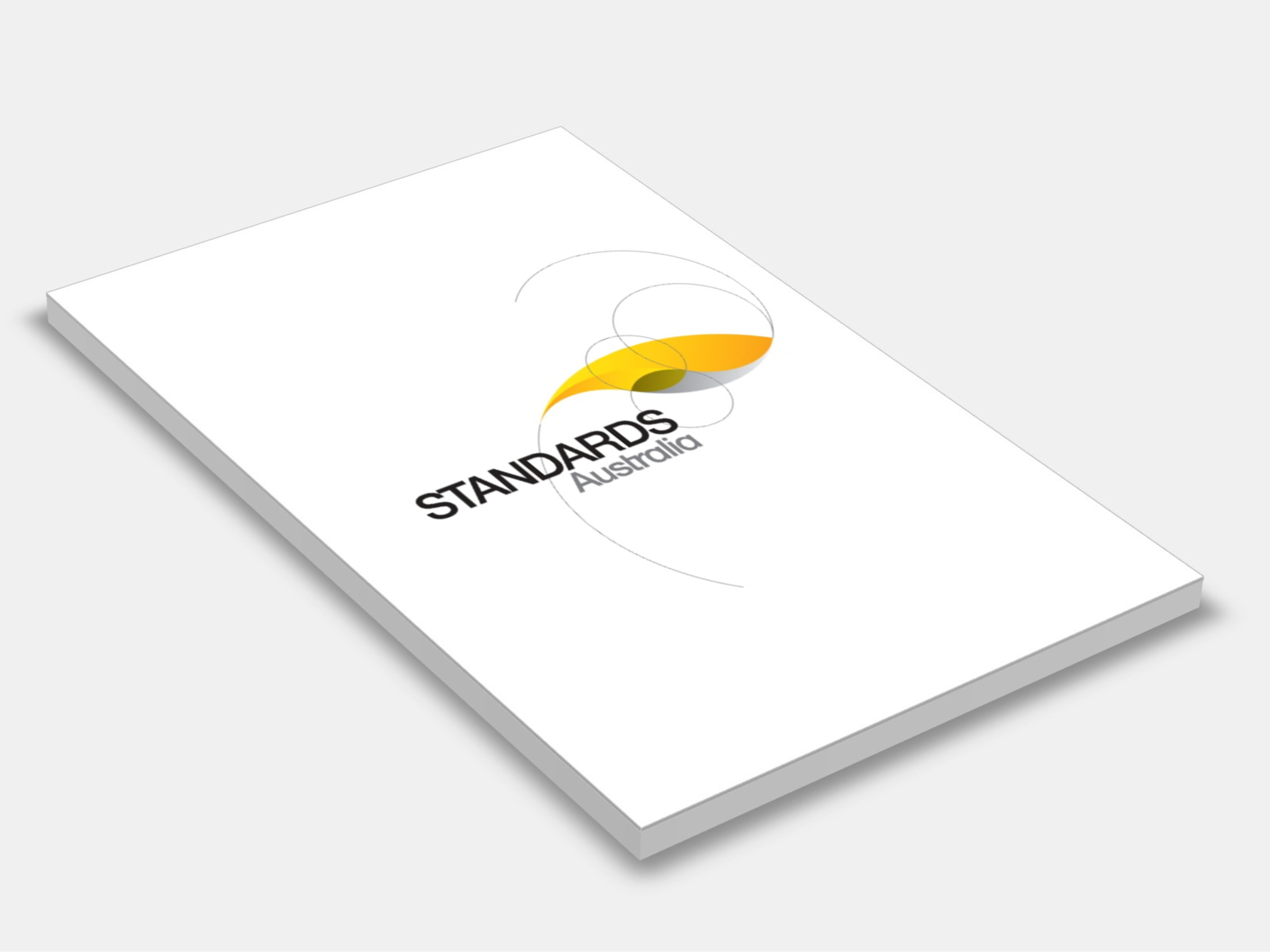
Type
Publisher
Standards Australia/Standards New Zealand
Publisher
Standards Australia/Standards New Zealand
Version:
Second Edition 2014.
(Pending Revision)
Short Description
Sets out requirements for electrical installations associated with marinas supplied at low-voltage a.c. supply systems (i.e. exceeding 50 V a.c. but not exceeding 1000 V a.c.
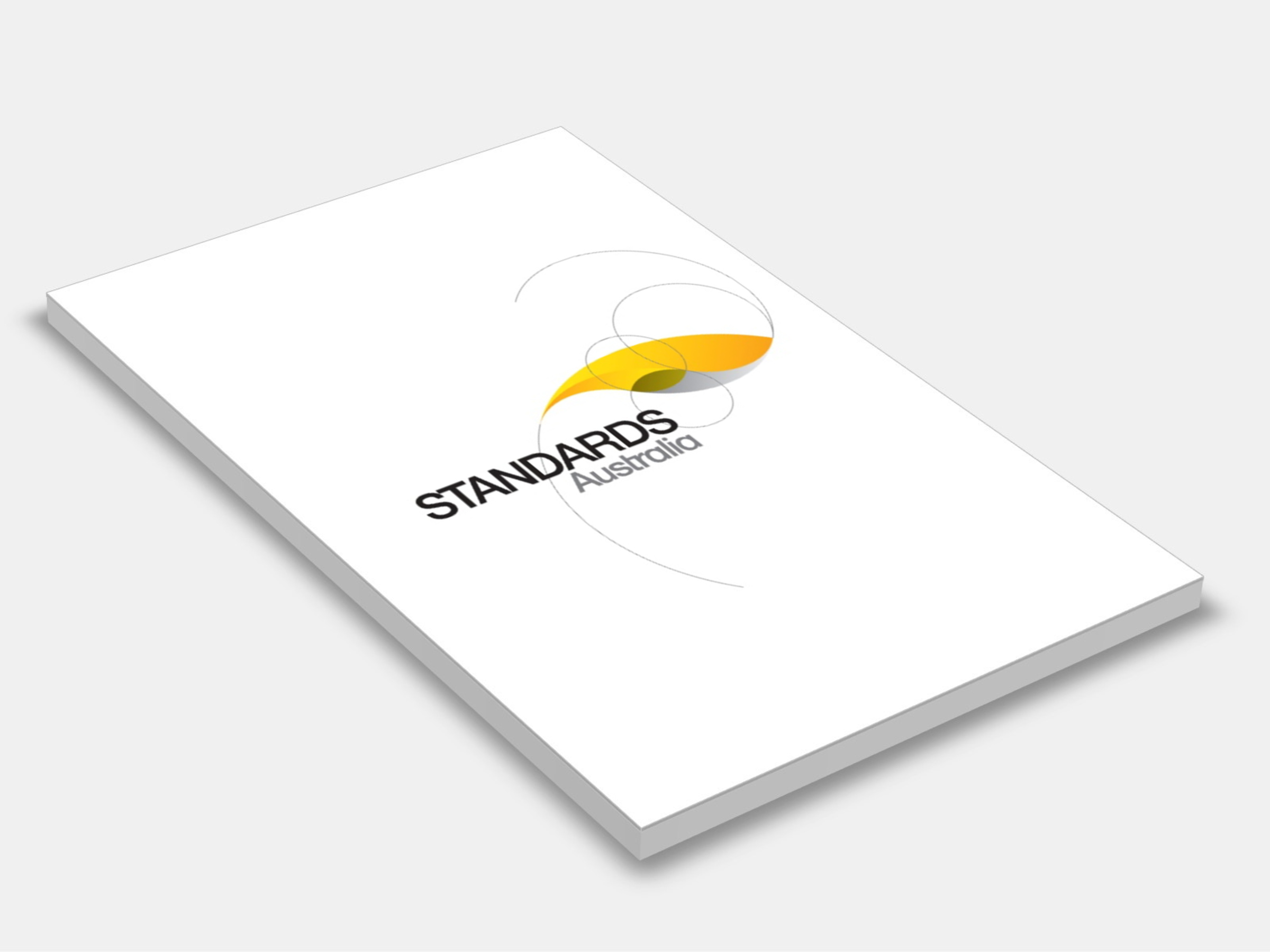
Type
Publisher
Standards Australia/Standards New Zealand
Publisher
Standards Australia/Standards New Zealand
Version:
Third Edition 2017.
(Pending Revision)
Short Description
Sets out a method for cable selection for those types of electrical cables and methods of installation that are in common use at working voltages up to and including 0.6/1 kV at 50 Hz a.c.
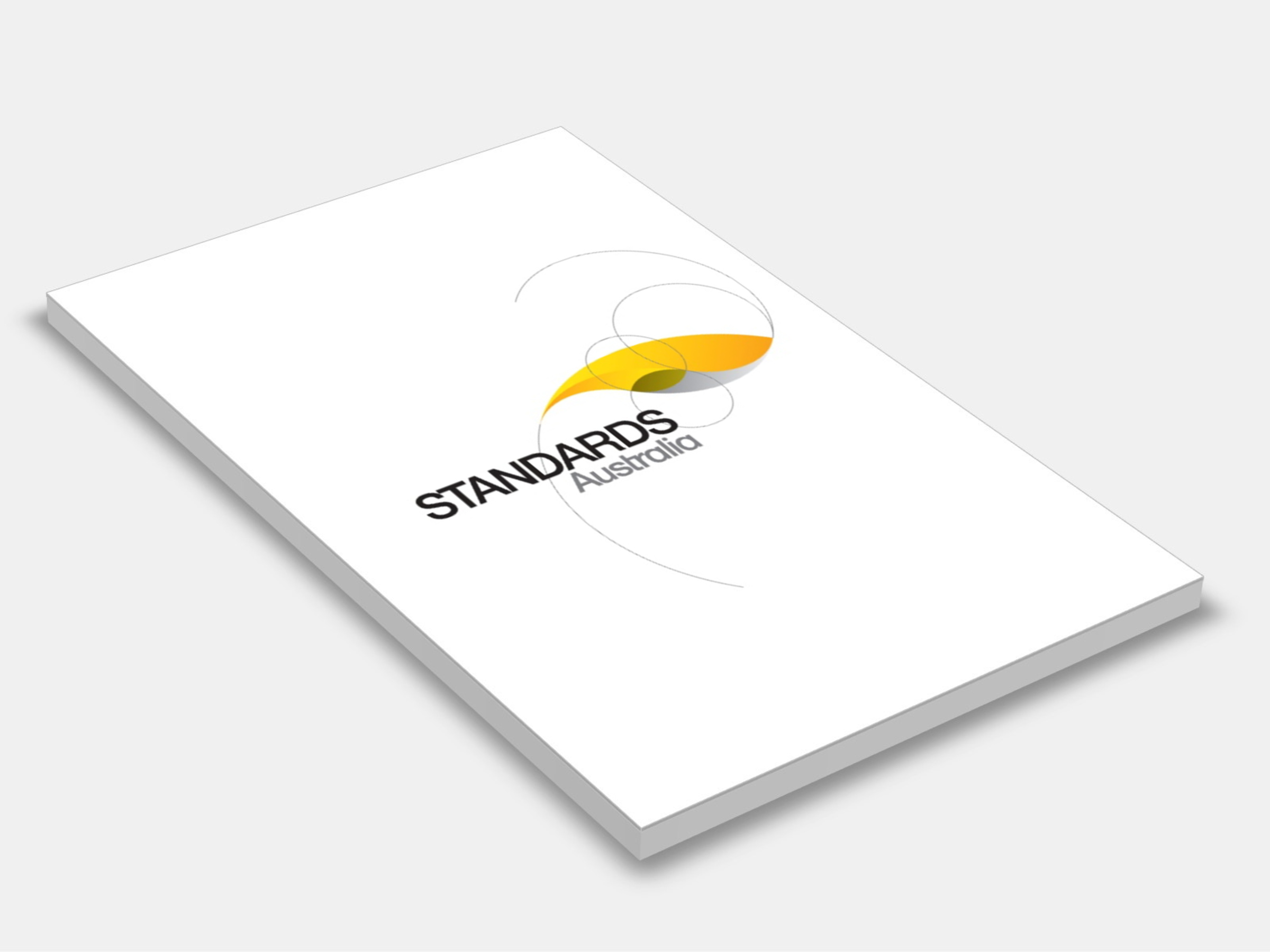
Type
Publisher
Standards Australia/Standards New Zealand
Publisher
Standards Australia/Standards New Zealand
Version:
First Edition 2011.
(Pending Revision)
Short Description
Outlines a performance-based approach to the maintenance of ducts and components forming air-handling systems with respect to the control of microorganisms, within such systems.
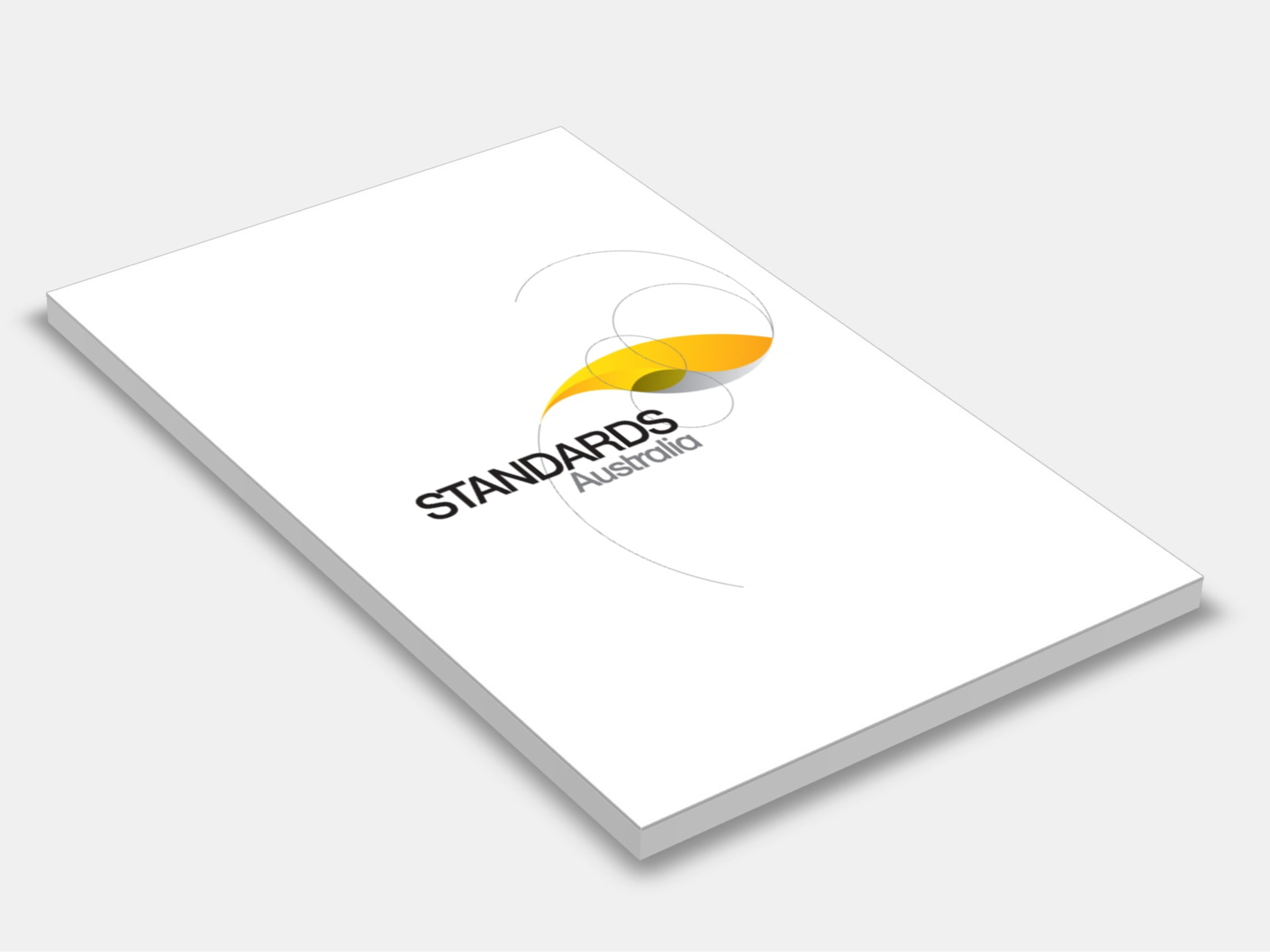
Type
Publisher
Standards Australia/Standards New Zealand
Publisher
Standards Australia/Standards New Zealand
Version:
First Edition 2018.
(Pending Revision)
Short Description
Specifies requirements for the design and installation of emergency lighting and illuminated emergency exit signage systems for buildings. Central battery, single point and self-contained systems are included.

Type
Publisher
Standards Australia/Standards New Zealand
Publisher
Standards Australia/Standards New Zealand
Version:
First Edition 2010.
(Pending Revision)
Short Description
Provides requirements and guidance for the design of stand-alone power systems with energy storage at extra-low voltage and used for the supply of extra-low and/or low voltage electric power in a domestic situation.
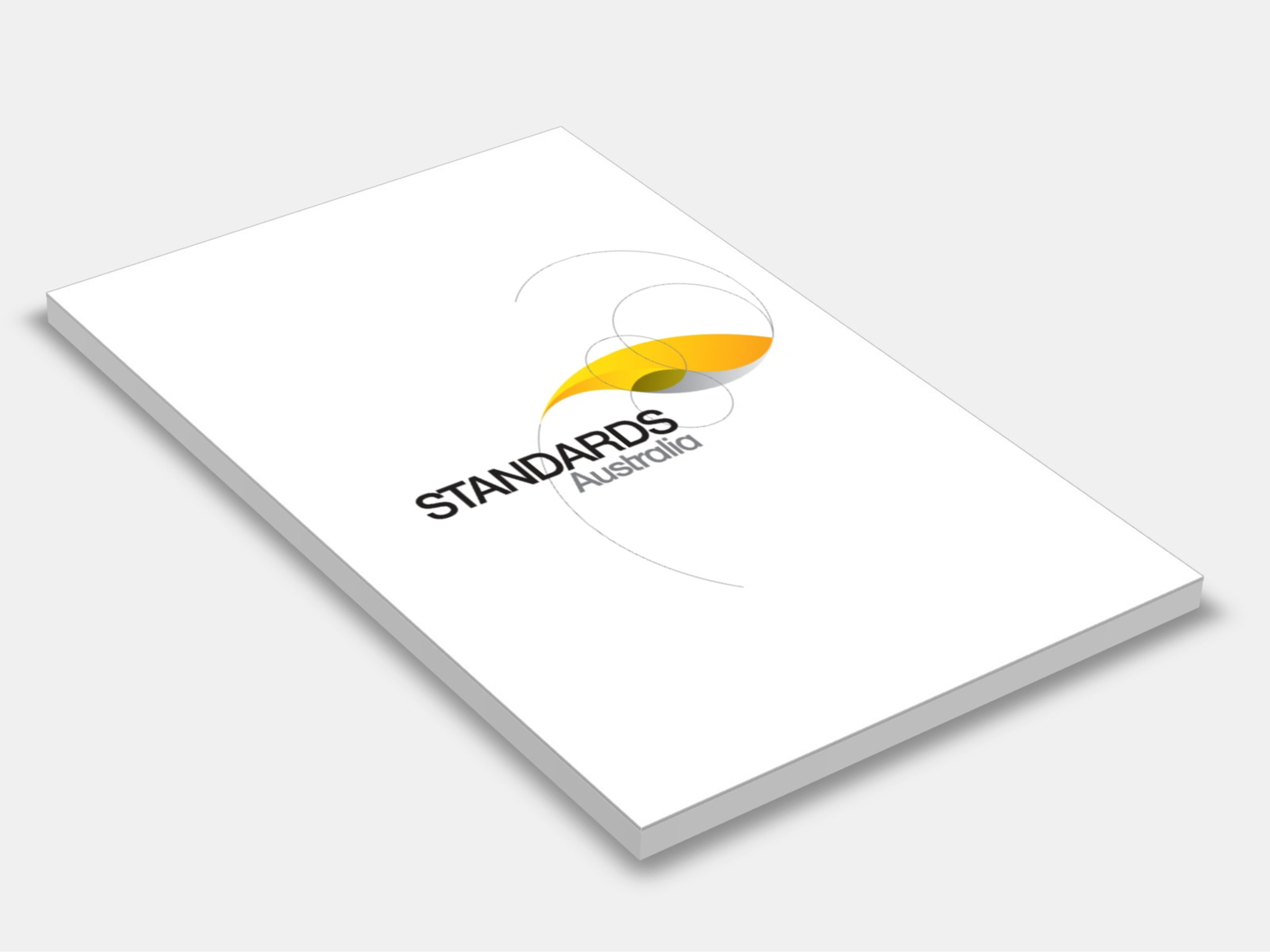
Type
Publisher
Standards Australia/Standards New Zealand
Publisher
Standards Australia/Standards New Zealand
Version:
Second Edition 2018.
(Pending Revision)
Short Description
Specifies requirements for the installation of domestic solid fuel burning appliances that can be fully assembled prior to being transported to the installation site; does not cover the installation of appliances that have to be assembled in situ, or appliances with electrically driven fuel stoker systems.
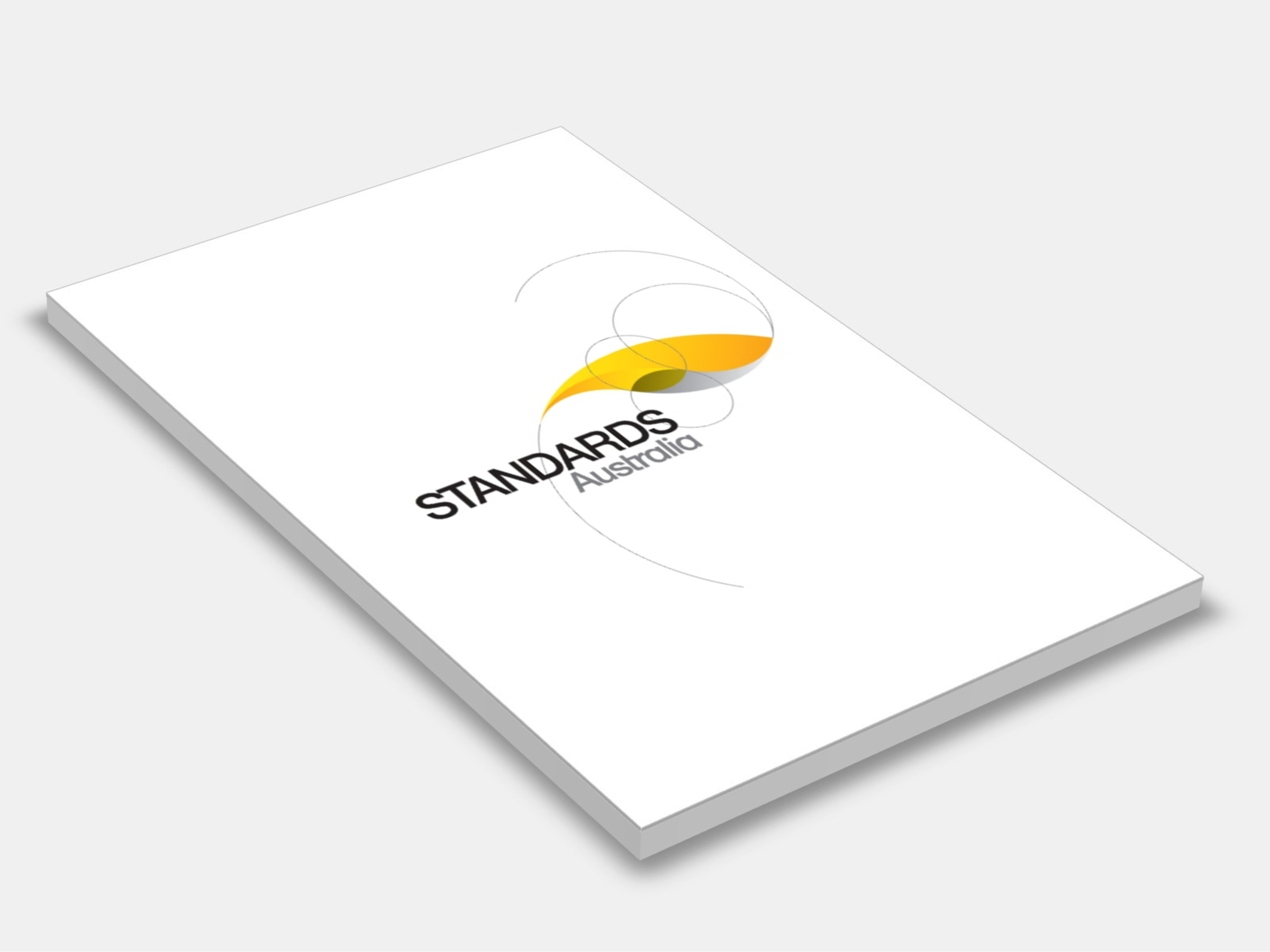
Type
Publisher
Standards Australia/Standards New Zealand
Publisher
Standards Australia/Standards New Zealand
Version:
First Edition 2009.
(Pending Revision)
Short Description
Sets out safety and installation requirements for stand-alone power systems used for the supply of extra-low (ELV) and/or low voltage (LV) electric power to a single load, or an electrical installation in a single residence or building, or a group of residences or buildings and associated items with switchboards to AS/NZS 3000 requirements.
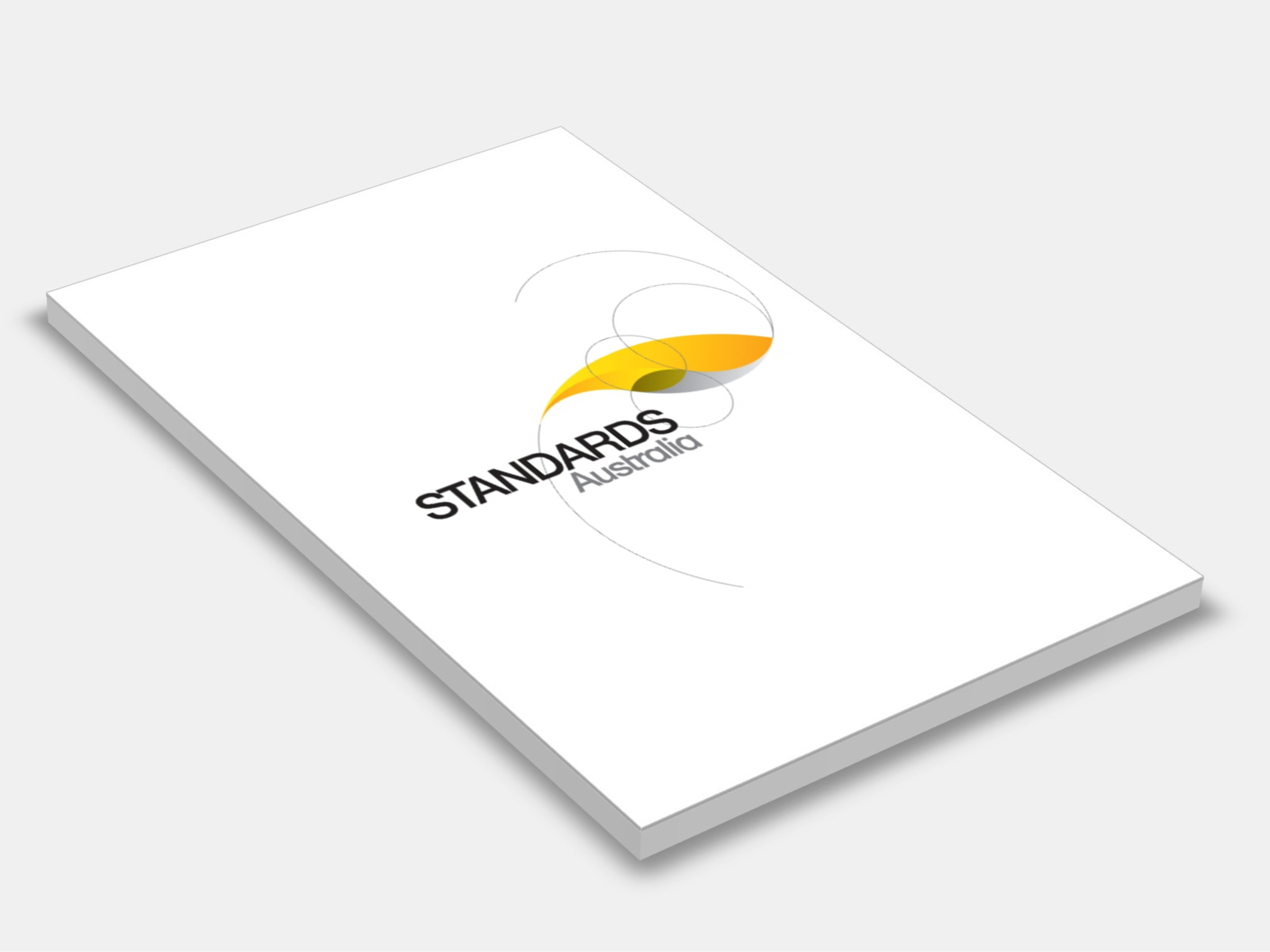
Type
Publisher
Standards Australia/Standards New Zealand
Publisher
Standards Australia/Standards New Zealand
Version:
Fourth Edition 2024.
(Current)
Short Description
AS/NZS 4777.1:2024 specifies safety and installation requirements for inverter energy systems (IES) intended for the injection of electric power through an electrical installation to the grid. IES are distributed energy resources when connecting to the grid and need to ensure overall safe operation of the installation and interaction with the broader grid